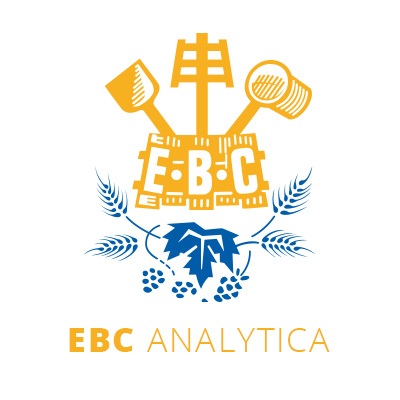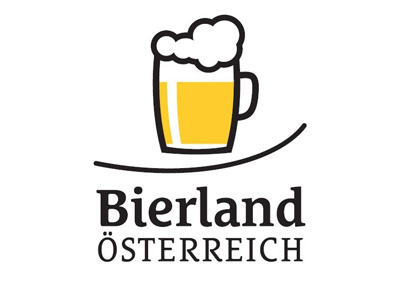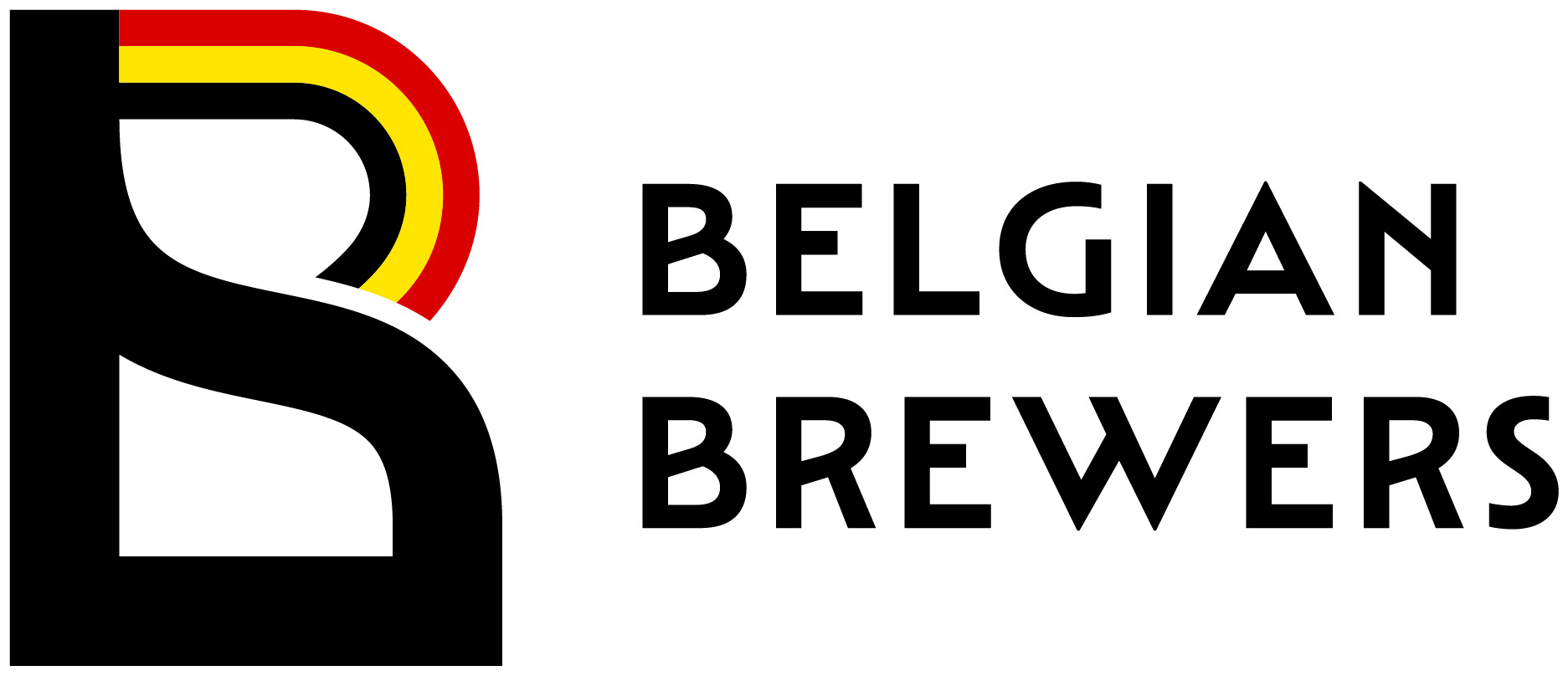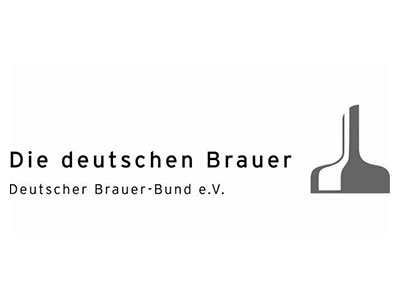- 24/10/2018
- 2040
- |
- Packaging and Packaging Materials
- |
- 2010
11.32 - On-Line Fill Level Inspection Devices
This method can be used to verify that either under or over filled bottles / cans are being rejected to comply with brand specifications and legal limits.












